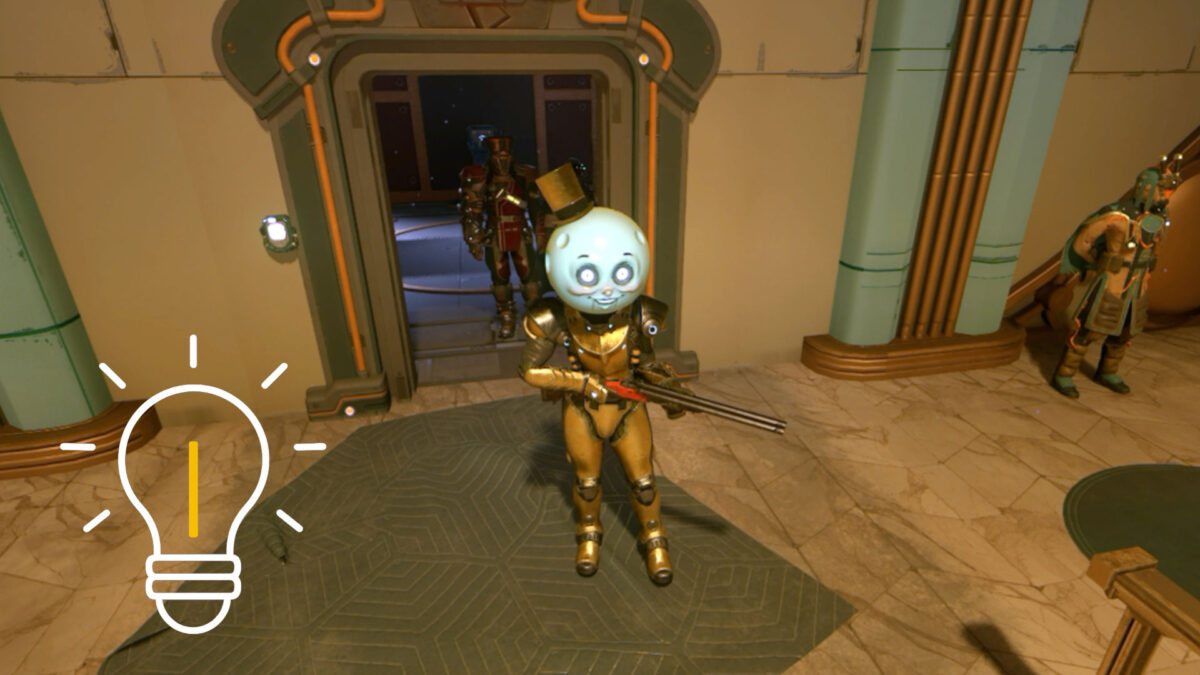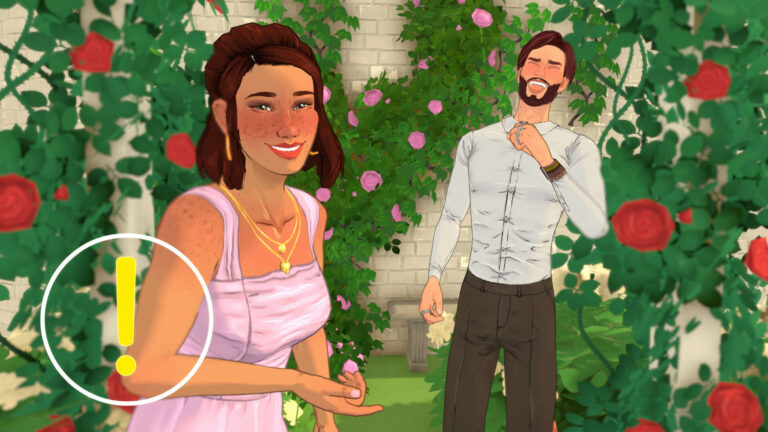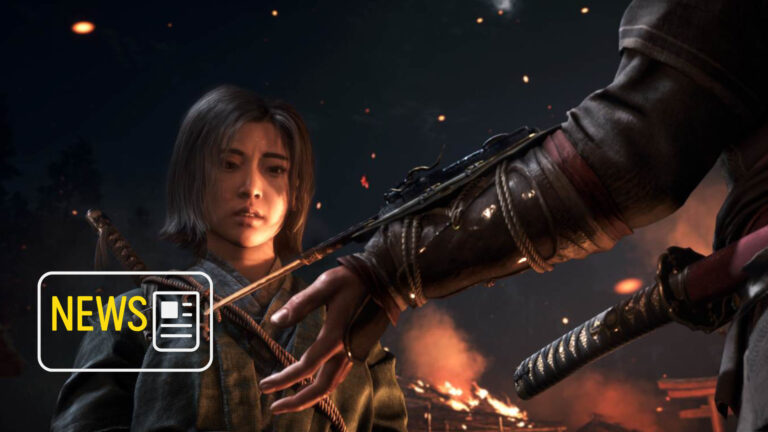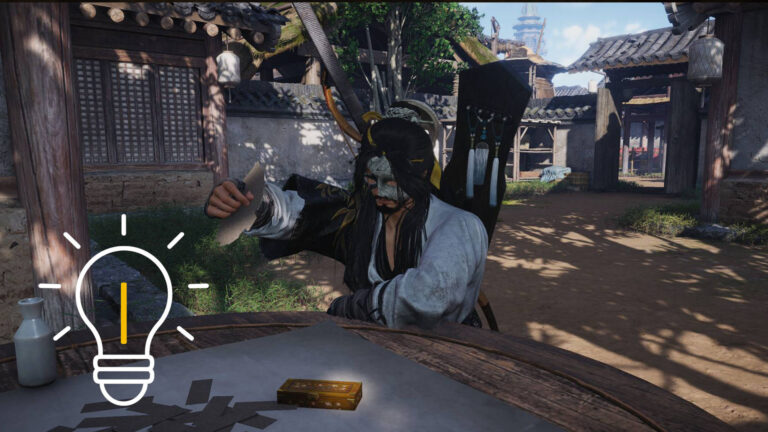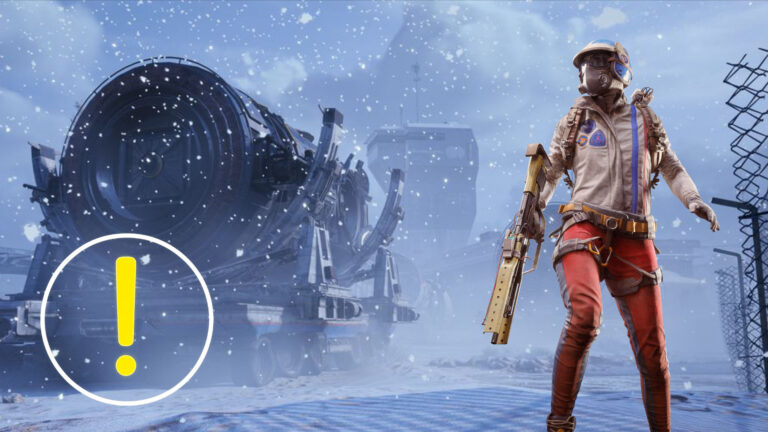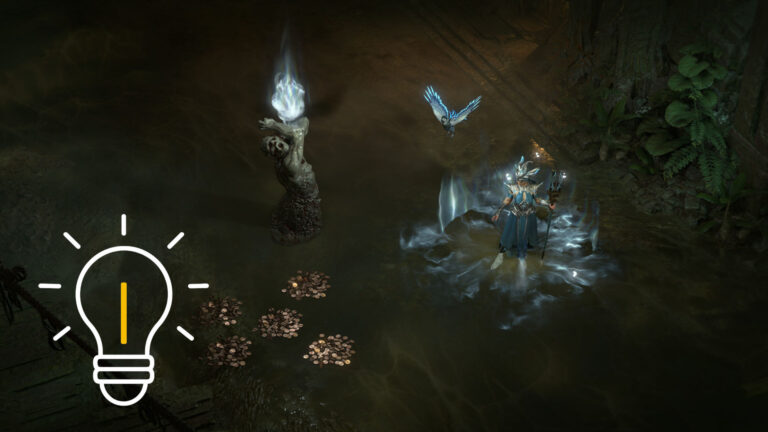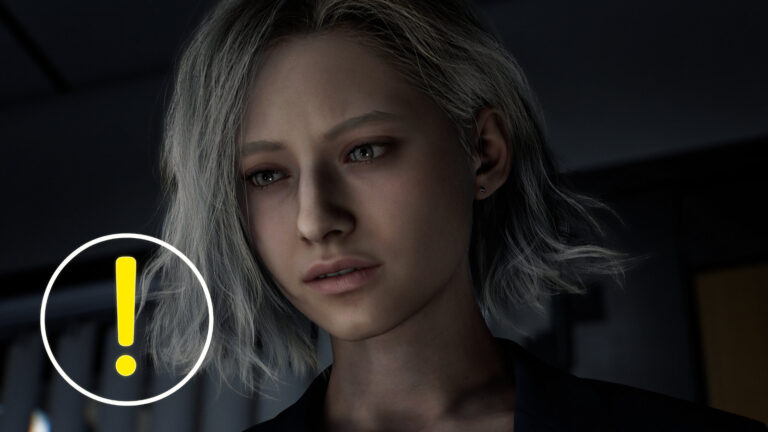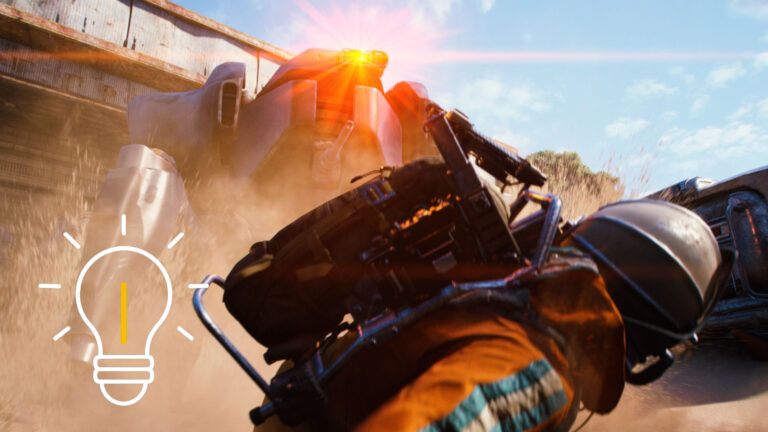We’ll walk you through the skill system in The Outer Worlds 2 so you can assemble a perfect build. Which skills are worth it? How do traits and flaws affect you? What’s the deal with backgrounds?
In The Outer Worlds 2, you no longer create your character using classic attributes like Strength or Intelligence. Instead, the game uses a focused system built on Backgrounds, Perks, Skills, Traits and Flaws. This guide explains, step by step, how to get the most out of the skill system, which abilities pay off, and how to build long-term, effective characters.
Backgrounds and Traits in The Outer Worlds 2: How the skill system works
At the start of The Outer Worlds 2 you first choose a Background, which primarily serves role-playing and mainly influences dialogue and how the world reacts to your character.
The following backgrounds are available:
- Ex-Convict
- Gambler
- Lawbringer
- Professor
- Renegade
- Roustabout
Positive Traits
Afterwards, you select one positive trait that grants specific advantages. Optionally, you may choose a second trait, but then you must also activate one of three negative traits (flaws). These flaws permanently lock certain skills — for example, the “Dumb” trait blocks five out of twelve skills — but they can create a completely new gameplay experience. For your first playthrough, we recommend avoiding negative traits unless you want to pursue a very specific build.
- Brawny: Sliding into or sprinting into enemies knocks them down.
- Brilliant: You can select one additional starting skill.
- Heroic: Companion ability cooldowns are reduced by 20 percent.
- Innovative: Crafting ammo, throwables, and more costs only half the usual resources.
- Lucky: +5 percent crit chance, and special opportunities can emerge as you play.
- Nimble: Move 25 percent faster in combat and while sneaking (crouched).
- Resilient: The first time you “die” in a fight, you get three extra seconds to heal.
- Suave: Ihr erhaltet 10 Prozent Rabatt bei allen Händlern und ihr werdet erst zum Gesetzlosen erklärt, wenn das Kopfgeld doppelt so hoch ist wie ohne die Eigenschaft „gewandt“.
- Witty: Your faction reputation can’t drop below “neutral,” and you suffer no penalties from negative rep.
Negative Traits
- Abrasive: Your reputation with factions can never rise above “neutral.” This restricts discounts, speech bonuses, and other faction-specific opportunities. Suited for solo or outlaw playstyles. Recommended companions are those who tend to ignore your personality, such as Val, the robot.
- Dumb: During skill selection, five out of twelve available skills are permanently locked—you cannot invest points in these skills. This trait is good for pure combat builds, but also unlocks unique conversation options based on dumb decisions, sometimes leading to new solutions—and can be very funny. Such a build is best recommended for a second playthrough.
- Sickly: You have 15 percent less base health and a toxicity threshold reduced by 15. This indicates how many inhalers you can use before it becomes critical. It makes combat on higher difficulties more challenging. Best suited for support and sniper builds that rarely engage in melee.
Finally, at the start of the game, you mark two specialized skills that begin at Rank 2. More on that in the next section.
Skill points, leveling, and the maximum skill cap in The Outer Worlds 2
Each time you level up, you gain two skill points, and the current maximum skill level in The Outer Worlds 2 is 30. In total, you can invest up to 60 skill points over the course of the game. Every point you invest directly and linearly increases a skill’s effectiveness, letting you shape your priorities with precision.
Skill checks are static: you only pass if you meet the required number—there’s no luck involved. You can respec, i.e., redistribute your points, only once at the end of the prologue. After that, every choice is permanent and cannot be undone.
All 12 skills in The Outer Worlds 2
| Skill | Description | Effect per level |
|---|---|---|
| Engineering | Boosts the effectiveness of all armor and grants damage reduction. Helps in conversations and exploration when interacting with mechanical systems. | Mechanical systems with difficulty ≤ skill level can be repaired. (+1% damage resistance) |
| Explosives | Increases damage from explosive weapons (grenades, mines, etc.) and lets you disarm mines and traps. | +10% explosive damage and +1% damage resistance vs. explosives |
| Guns | Raises damage for all guns (ballistic, shock, plasma, bio) and improves handling. | +10% ranged damage and +1% armor penetration |
| Hack | Grants access to terminals, robots, and vending machines. Improves your odds on hacking attempts. | Hacking checks ≤ skill level can be passed (+5% damage vs. robotic units) |
| Leadership | Increases companion damage and survivability and improves their overall effectiveness. | +8% companion damage and +4% companion health |
| Lockpick | Lets you open locks based on difficulty and your skill level. | Locks ≤ skill level can be opened (+1% dodge chance) |
| Melee | Boosts melee weapon damage and reduces damage taken while blocking. | +10% melee damage and −2% damage taken while blocking |
| Medical | Raises maximum toxicity (use medical inhalers more often) and increases resistance to poisons. | +7% toxicity crash threshold and +5% damage vs. creatures |
| Observation | Reveals hidden objects and subtle behavioral cues in conversations; improves loot and weak-spot detection. | Hidden objects ≤ skill level can be found (+15% weak-spot damage) |
| Science! | Increases maximum device energy and the effectiveness of shock weapons; extends device usage duration. | +7% max device energy bar and +10% more stacks of secondary effects from non-kinetic damage types |
| Sneak | Makes it harder for enemies to detect you while crouched. Increases damage from sneak attacks and helps you bypass traps. | +35% damage from sneak attacks and −2% NPC detection rate |
| Speech | Gives you more sway in conversations. Enables better shop discounts, intimidation, and faction reputation gains. | Rhetoric checks ≤ skill level can be passed (+5% damage vs. humans) |
Build tips for The Outer Worlds 2: The best early-game skills
A successful build in The Outer Worlds 2 lives or dies by clear specialization: spend your skill points deliberately, because specialized builds hit much harder. For most skill checks in the first major area, “Paradise Island,” you’ll need at most Level 4; in the second area, “Dorado,” plan for Level 5. Outliers with significantly higher requirements are rare.
More guides to jump-start your run:
Early on, it pays to set priorities: Push “Lockpicking” and “Hacking” to Level 2 as soon as possible to unlock key perks like “Pickpocket” and “Bit Transfer.” Hacking is also great for quick quest progress, as is Engineering. These let you open blocked doors, shut down security systems, or access useful intel.
To keep up in combat, invest in “Firearms” or “Melee” to somewhere between Level 4 and 6 for an early damage spike. Put points into “Perception” (ideally up to Level 5) to deal more weak-spot damage and uncover hidden loot.
Use your companions strategically. With a high “Leadership” score and the right allies—like Niles, who distracts enemies, and Val, who heals—you’ll power up your early build considerably. And remember, many objectives can be tackled in different ways, whether via persuasion, hacking, or sneaking—the path you skill into determines your options.
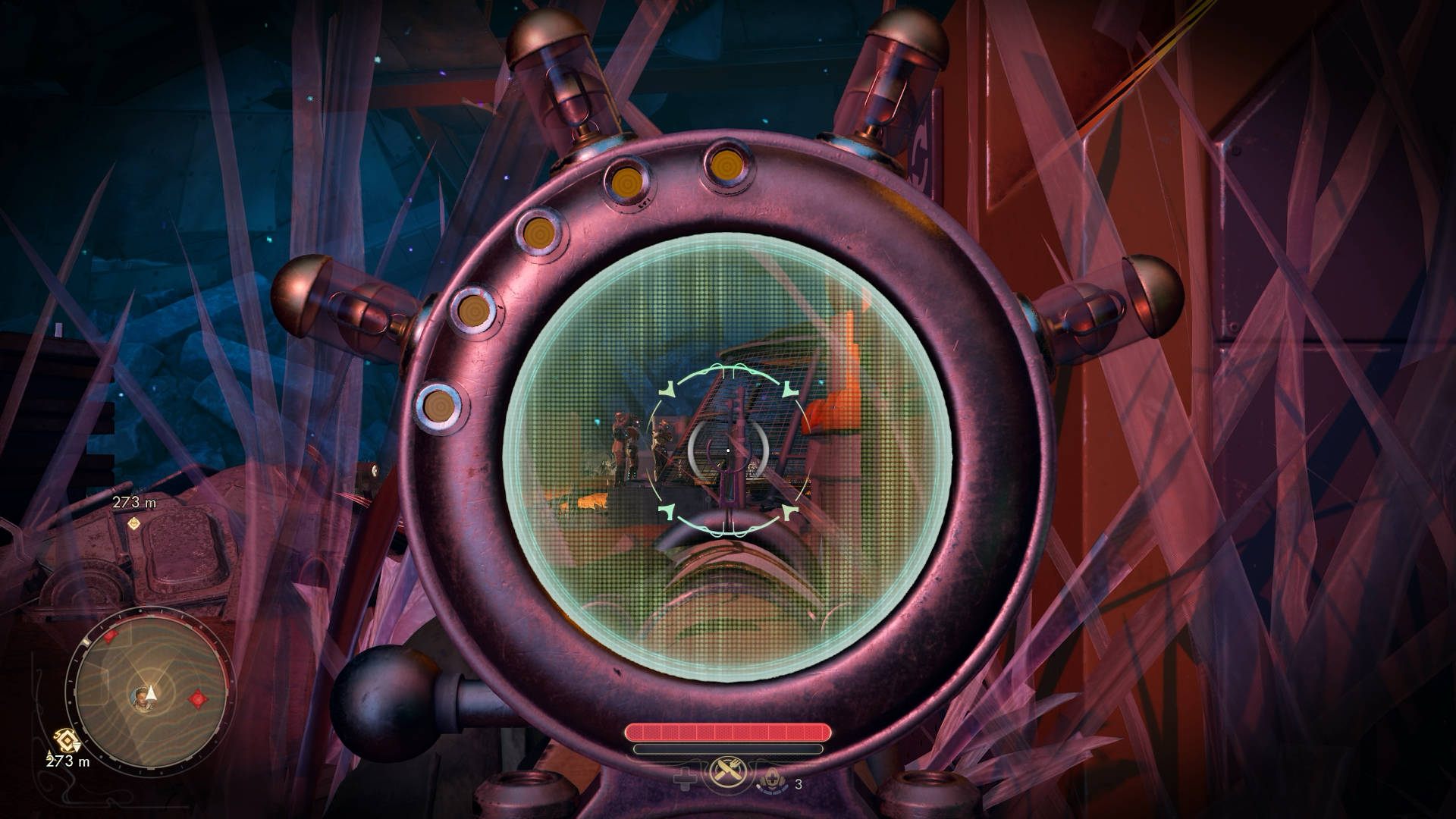
The most important early-game skills
Prioritize the following skills to establish a strong foundation:
1. Firearms: High damage, versatile, and beginner-friendly. Especially potent when paired with “Perception.”
2. Lockpicking: Opens lots of doors and containers. Get it to Level 4 early.
3. Stealth: +35% sneak damage per point—ideal for stealth players. Detection rates drop noticeably from Level 4 onward.
4. Hacking: Very useful for terminals, defenses, and vending machines. Enables alternative quest paths.
5. Rhetoric: Unlocks many dialogue options, +5% damage vs. humans. Key for pacifist or manipulative builds.
6. Perception: Reveals hidden objects and boosts weak-spot damage. Great for looting and fighting.
Perks & skill thresholds: how to unlock bonuses
Every two levels you gain one perk point, which you use to unlock new bonuses for your character. After you’ve chosen five perks, the next perk tier opens up with more powerful abilities. Many perks are tied to specific skill thresholds: some require, for example, at least 10 points in “Stealth” and 15 in “Melee” to unlock.
Your perk choices strongly shape your build’s direction. We’ve already put together two build guides to help you develop your character along a clear path, with more on the way:
Flaws in The Outer Worlds 2: Should you take “Easily Distracted”?
Alongside perks, you’ll regularly have the option to accept Flaws. The game responds to how you play and, after specific actions, offers you the choice to accept or reject a particular flaw. Careful: once accepted, a flaw is permanent for the rest of your playthrough.
One flaw that’s particularly interesting for the skill system is “Easily Distracted.” If you take it, you’ll gain one extra skill point every time you level up. The catch: you can only invest in a skill that’s currently at 0, or in the lowest-rated skill you have that’s above 0.
How do you unlock “Easily Distracted”?
This flaw appears if you spread your skill points broadly or invest in non-specialized skills. It’ll take a few level-ups before it becomes available.
Who should take “Easily Distracted”?
Only accept this flaw if you prefer a broad, generalist build and a slower pace—i.e., you plan to scoop up every objective and side quest. The main story asks for relatively high values in skill checks early on. With this flaw, it will take noticeably longer to reach those thresholds. You’ll also unlock useful perks later, since many are gated behind specific skill values.
“Easily Distracted” is perfect for any build that picked the “Dumb” trait. Because it permanently locks five skills, you can use the flaw to power up the remaining seven much faster.

